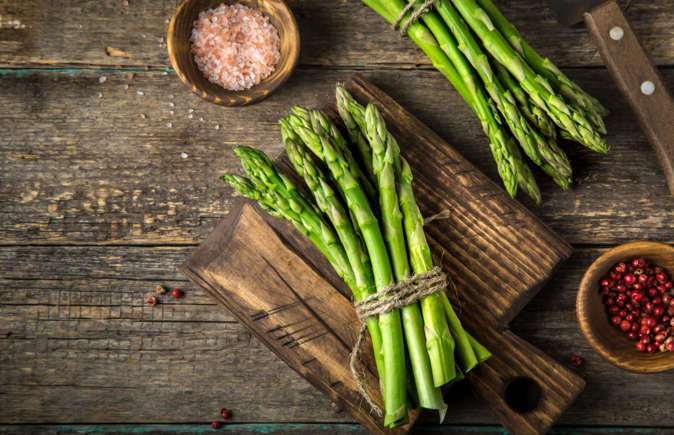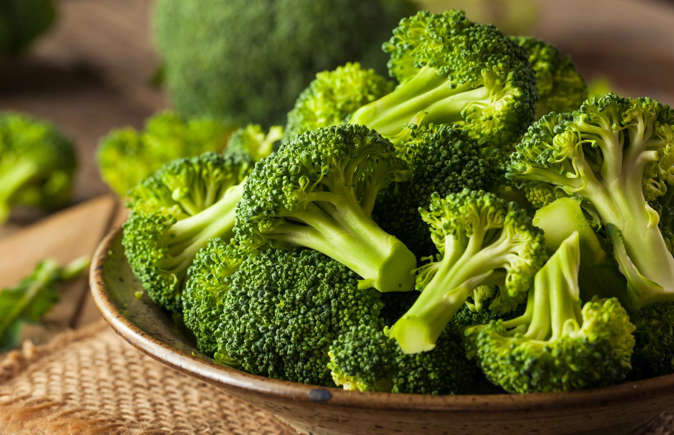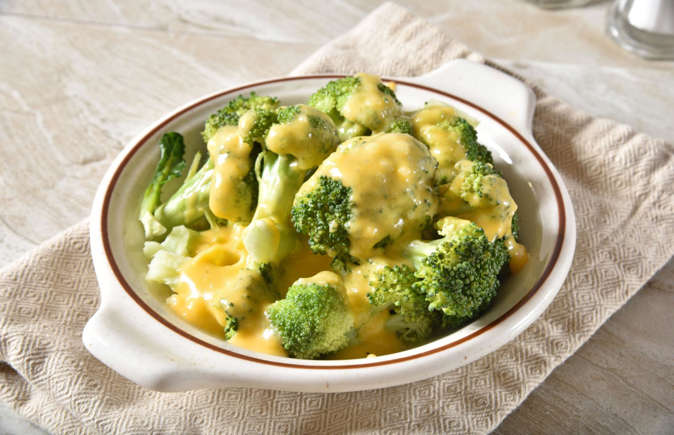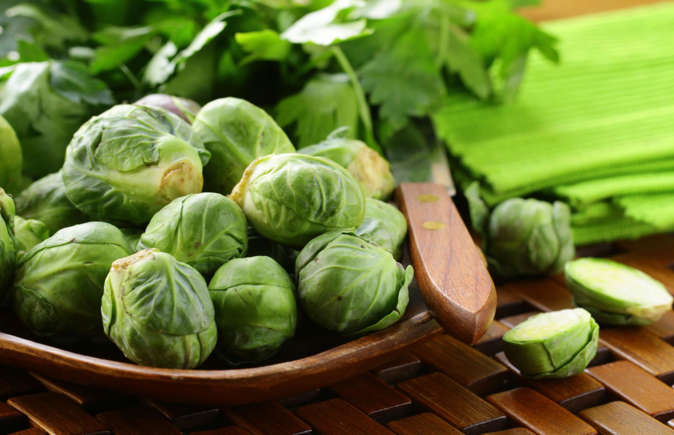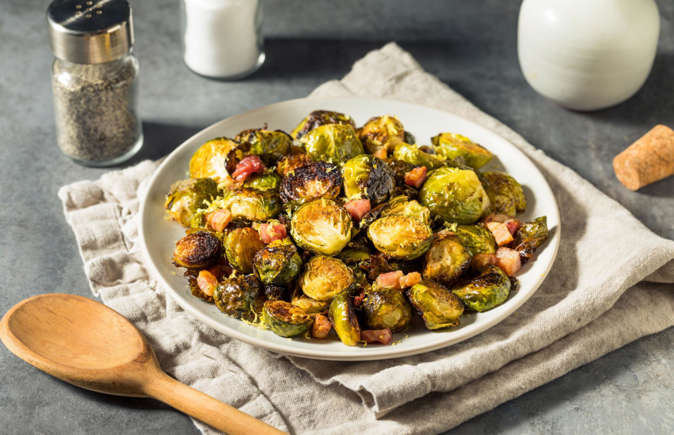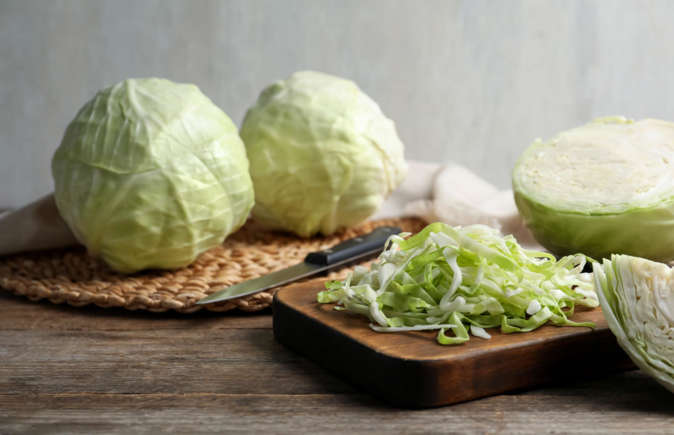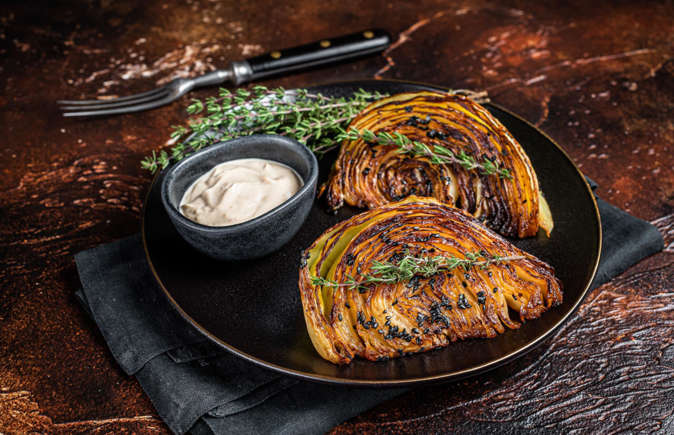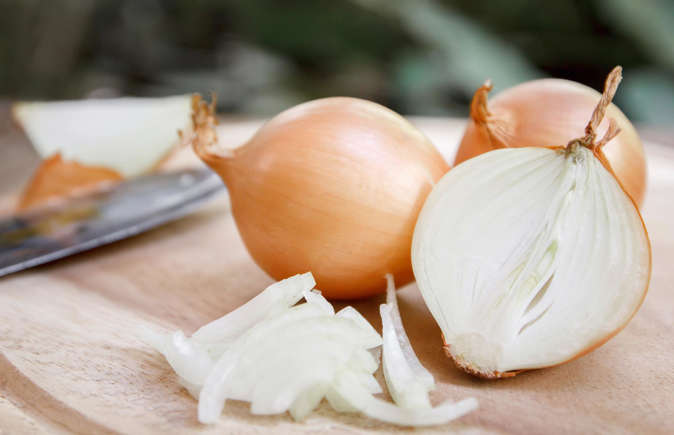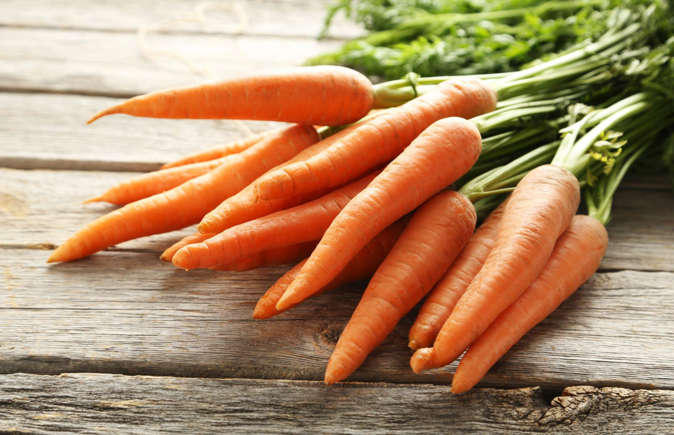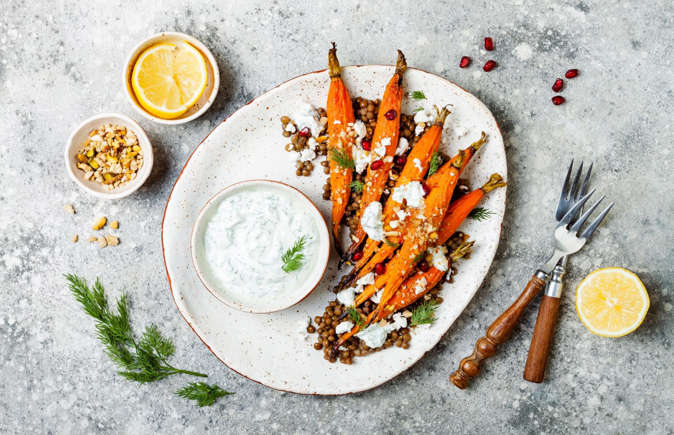Silly Cooking Mistakes That Are Ruining Your Vegetables
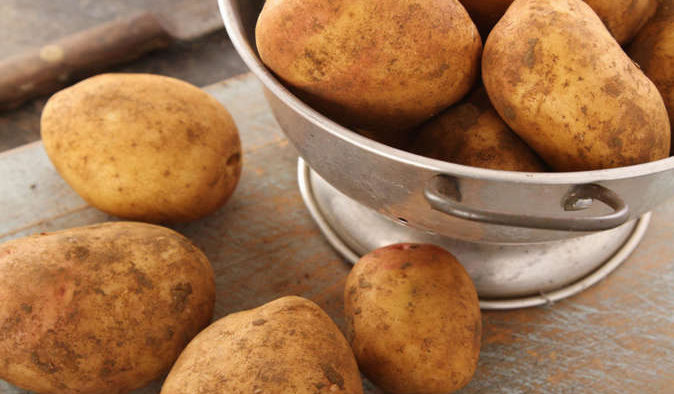
Raise your vegetable game
You probably won’t be getting the finest results from cooking veggies if all you do is toss them in a pot or lay them out on a roasting sheet and hope for the best. Vegetables that are overdone or undercooked don’t add much to a dinner, and it might be difficult to cook them correctly every time because they all react differently to different cooking techniques. We’ve compiled the ultimate list of vegetable dos and don’ts to aid you on your road to fluffy, golden roast potatoes, delicate (and not waterlogged) broccoli, and slime-free mushrooms.
Asparagus: the wrong way
Given its high cost, asparagus should always be handled with care. First of all, pick your asparagus carefully. If it’s too thin, you could overcook it; if it’s too thick, it could be very fibrous and woody. Asparagus peeling is yet another frequent error. It will leave you with sad, thin, tiny stalks and is pointless.
Asparagus: the right way
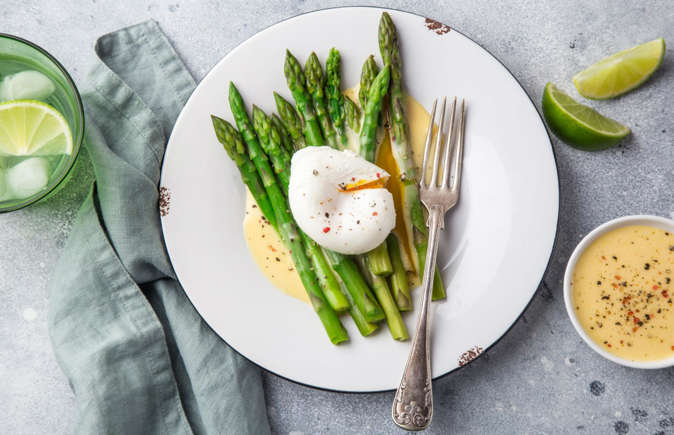
Broccoli: the wrong way
In a matter of minutes, broccoli may go from a colorful vegetable with a touch of crunch to a gray-green goo that lacks essential nutrients. One of the main causes of the mushy mess and the large amount of broccoli that is left in the cooking water is chopping the florets too small, which loosens the little buds (the little green parts). Boiling them to the brink of death is another problem.
Broccoli: the right way
Alternatively, cut them into uniform-sized pieces and steam for a little while. If you are prepping broccoli, stop the cooking process midway by running it under cold water in a colander. Cooked broccoli tastes great with a generous amount of grated cheese, butter, or lemon juice. Broccoli is also delicious stir-fried, and it roasts beautifully; just combine it with oil and spices, then bake it for 25 minutes at a high temperature.
Brussels sprouts: the wrong way
These much-maligned and sometimes overdone vegetables don’t merit all of the negative attention they receive. Furthermore, they are not deserving of being cooked into nothingness. Before cooking, don’t bother cutting a cross in the base of each sprout; it will just make them soggy. They taste much better steamed or roasted, keeping their flavor and texture intact. They are more adaptable than you may imagine.
Brussels sprouts: the right way
Seek out tiny, vividly green sprouts (best preserved if found on the stalk) and trim off any wilted-looking outer leaves. Depending on their size, give your sprouts five to eight minutes to steam. Use a skewer to ensure that the sprouts are cooked through; if not, they will taste bland. Serve the sprouts with lots of butter and black pepper. To enhance the taste of this side dish, add oil and butter to a heated frying pan and toss the steamed sprouts until the edges start to brown. Serve with a final flourish of crisp smoked bacon.
Cabbage: the wrong way
Cabbage’s reputation has deteriorated over the years due to its tendency to be overdone, sloppy, and underseasoned, but it may still be very excellent. Initially selecting the incorrect cabbage is frequently the first error; it must be so fresh that the leaves give a little squeak when the core is removed. It will also cook less evenly if you cut it too roughly and into large strips. Another typical mistake is to not drain the boiling cabbage enough. The cooked cabbage should ideally be emptied into a colander and pressed down with a saucer or small plate to extract as much water as possible.
Cabbage: the right way
Shredded cabbage is best prepared by packing it into a saucepan with sea salt, adding boiling water, and cooking on high for a few minutes. Though we really enjoy buttery cabbage served with plenty of black pepper, this leafy green is actually far more adaptable than you might imagine. You might broil or grill it to follow the newest craze, or you could toss it into a stir-fry. To roast, cut into wedges, toss with oil and season, then bake in the oven over high heat for about 25 minutes. Follow the same procedure for grilling, turning each wedge a few times until it’s soft and browned.
Caramelized onions: the wrong way
Although it’s difficult to overcook onions, they should never be undercooked. Don’t try to economize here; the cooking process brings out the inherent sweetness of onions as they start to caramelize! Chop or slice your onions as equally as possible, then cook them in a frying pan for at least 20 minutes to achieve a flawlessly delicate, meltingly soft finish.
Depending on the amount, perfectly caramelized onions might take up to 45 minutes to make, but the effort is well worth it. Your onions will cook faster and stay from scorching if you sprinkle them with a little salt. Add a bay leaf or a sprig of fresh thyme for even more flavor. Add a small teaspoon of sugar for added sweetness.
Carrots: the wrong way
Are carrots a little too floppy? That indicates they aren’t fresh; a decent carrot ought to be solid and free of imperfections. Summer carrots only really need to be washed once, trimmed (keeping the tops of the stalks on), and steamed for five to seven minutes, or until they are just tender. This is even though it’s a popular practice. Winter carrots have a woodsy taste, are less sweet and fatter, and can be easily overcooked, leading to mushy, depressing slices or portions that are so tough they could break your teeth.
Carrots: the right way
This is our tried-and-true recipe for the ideal winter carrots: After peeling and cooking for around 20 minutes in roughly covered, boiling salted water, sprinkle them in butter and black pepper before serving. Another wonderful dish is roasted summer or baby carrots. Simply brush them with oil, season with salt and pepper, pour honey over them, and bake for about 20 minutes at a high temperature. Winter carrots might also be prepared in the same way; just chop them into bits and simmer for five minutes before roasting. A tiny pinch of cumin or other spice will kick up the flavor.

I am a dedicated student currently in my seventh semester, pursuing a degree in International Relations. Alongside my academic pursuits, I am actively engaged in the professional field as a content writer at the Rangeinn website.

